
The average women puts 515 chemicals on her skin every day (1).
This means your personal care products could contain harmful chemicals — and many of them do.
Why? Well, cosmetic products do not require FDA approval before they’re sold to consumers (2). Products sold in the United States — including makeup, shampoo, and toothpaste — have hundreds of potentially harmful ingredients that have been banned in the European Union, but are still allowed in the U.S. In fact, the EU has banned or restricted more than 1,300 chemicals for use in cosmetics, but the U.S. has banned only 11 (3).
Take a look at these 10 common potentially harmful ingredients. If any of them are in your skincare, it may be time for a change.
EDITOR’S NOTE: The verdict is still out on many of these chemicals. This means scientific studies are not conclusive yet. The amount and source of ingredients matters. For now… we suggest avoiding these chemicals until we learn more.
1. Parabens

Parabens are preservatives that are extremely common in conventional skin and hair products. If a product contains water, it likely also contains parabens to prevent bacteria growth.
Parabens go by many different names, including methylparaben, isopropylparaben, isobutylparaben, pentylparaben, proplyparaben, and benzylparaben.
2. Artificial Fragrance/Parfum
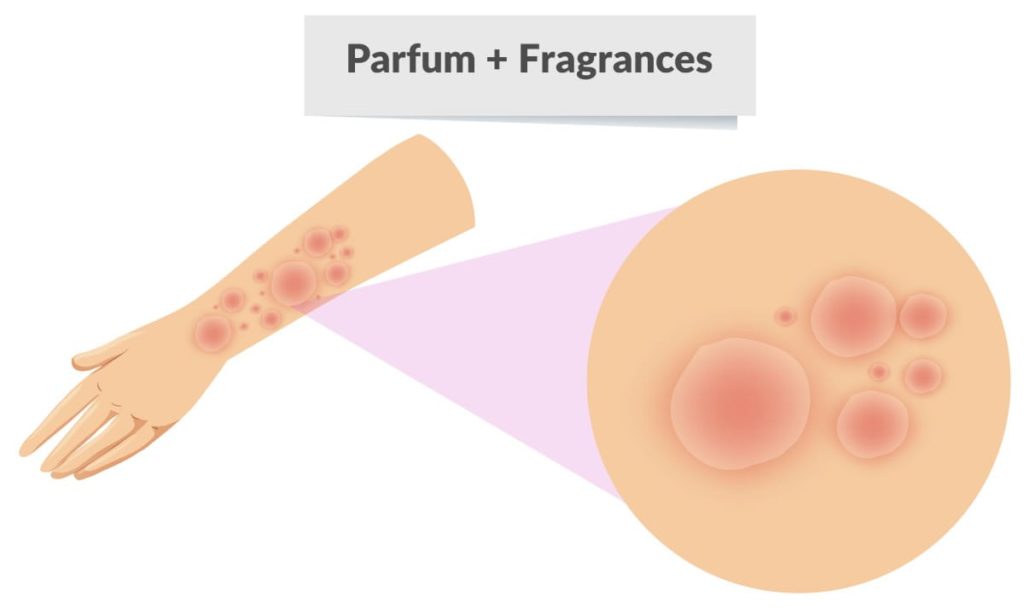
Most conventional skincare and cosmetic products contain artificial fragrances. And because manufacturers aren’t required to reveal what’s in their fragrances, they can include just about any ingredient they want under this name. This loophole means you can’t really be sure what’s in your products if they contain artificial fragrances.
3. Petrolatum

Petrolatum comes from petroleum — the same substance that is refined into fuel — and is often used in skin care as a moisturizing agent. Petroleum-based ingredients may also go by the names petroleum jelly, paraffin oil, mineral oil, and white petrolatum.
When fully refined, petroleum is thought to be safe for use in cosmetics. But, petrolatum is often not properly refined in the U.S., which means it can contain toxic chemicals known as polycyclic aromatic hydrocarbons (PAHs) (6). In the EU, the full refining history must be known for any petrolatum used in cosmetics, and it must be proven to be non-carcinogenic. The same requirements do not exist in the U.S.
4. Sodium Lauryl Sulfate and Sodium Laureth Sulfate
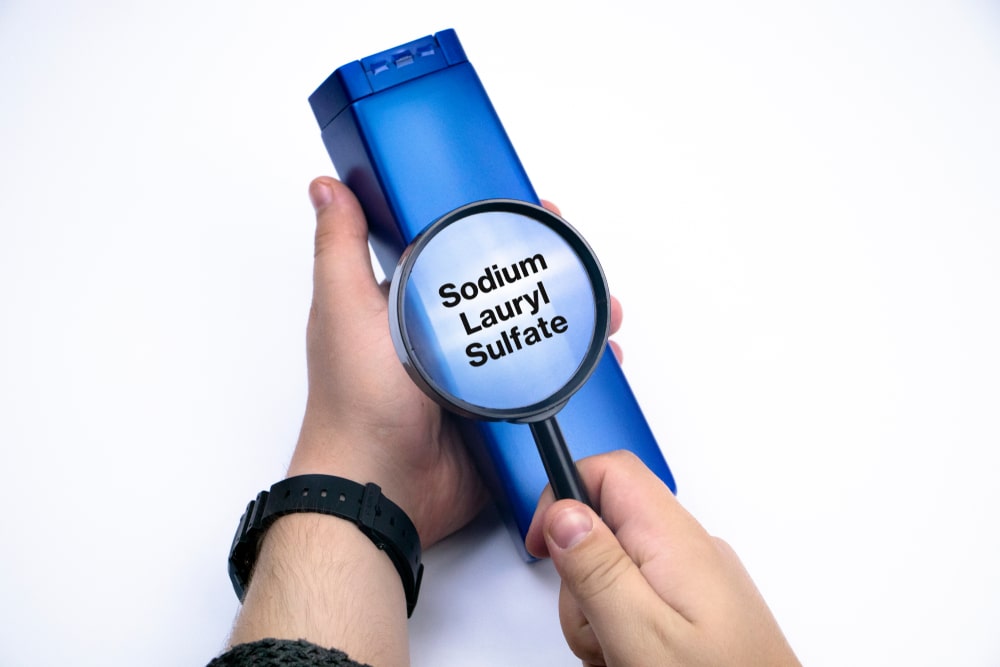
Sodium lauryl sulfate (SLS) is a type of surfactant commonly used in cleaning and beauty products. Surfactants are chemicals that lower the surface tension between liquids so that ingredients stay mixed together. They can also act as foaming agents.
Research suggests it is a known irritant, especially if left on the skin for an extended period of time (8). It can strip the skin of its natural oils, which can cause dryness and irritation. Anyone with sensitive skin would be wise to choose products that are SLS-free. Plus, while SLS is often derived from plant sources such as vegetables or palm kernel oil, it can also be made from petroleum oil. And, as indicated above, petroleum oil in the U.S. may be contaminated.
Sodium Laureth Sulfate (SLES) is a milder surfactant, but can still cause irritation. If you’re concerned about SLS and SLES, look for products made with sodium coco sulfate (SCS), which is a gentler alternative that is always made from coconut.
5. Phthalates
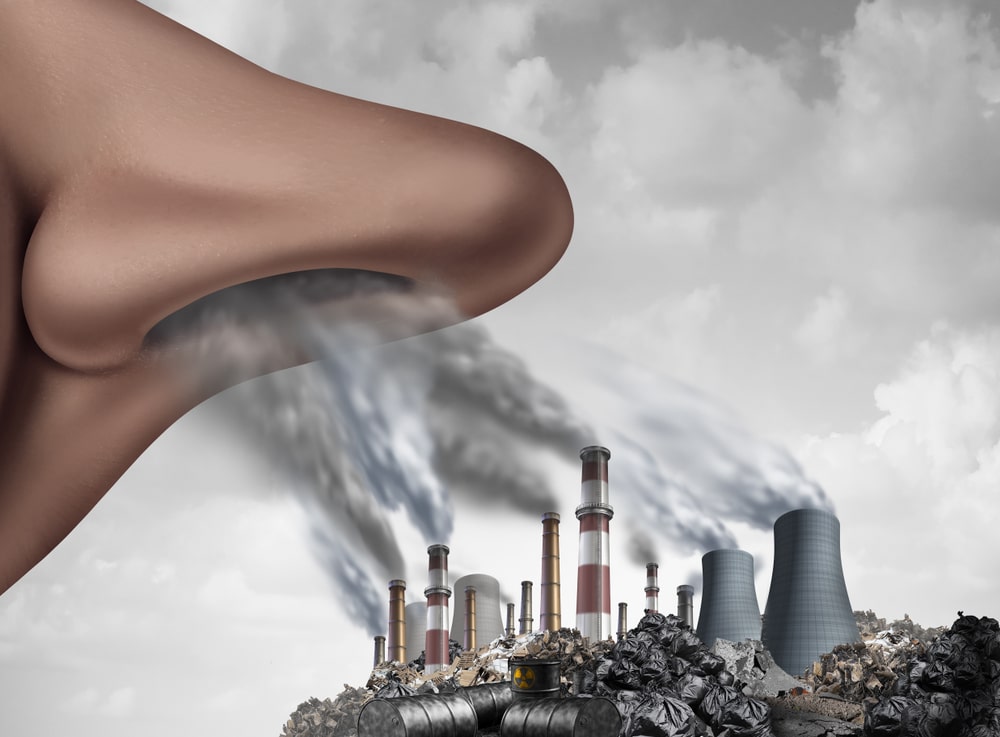
Phthalates are chemicals used to make plastic more flexible. They’re also commonly used as solvents in cosmetics.
Phthalates go by many names. Look for names such as diethyl phthalate (DEP), di-butyl phthalate (DBP), and di-2-ethylhexyl phthalate (DEHP). They’re also often found in fragrances, which is another reason to avoid products containing artificial fragrances.
6. Formaldehyde
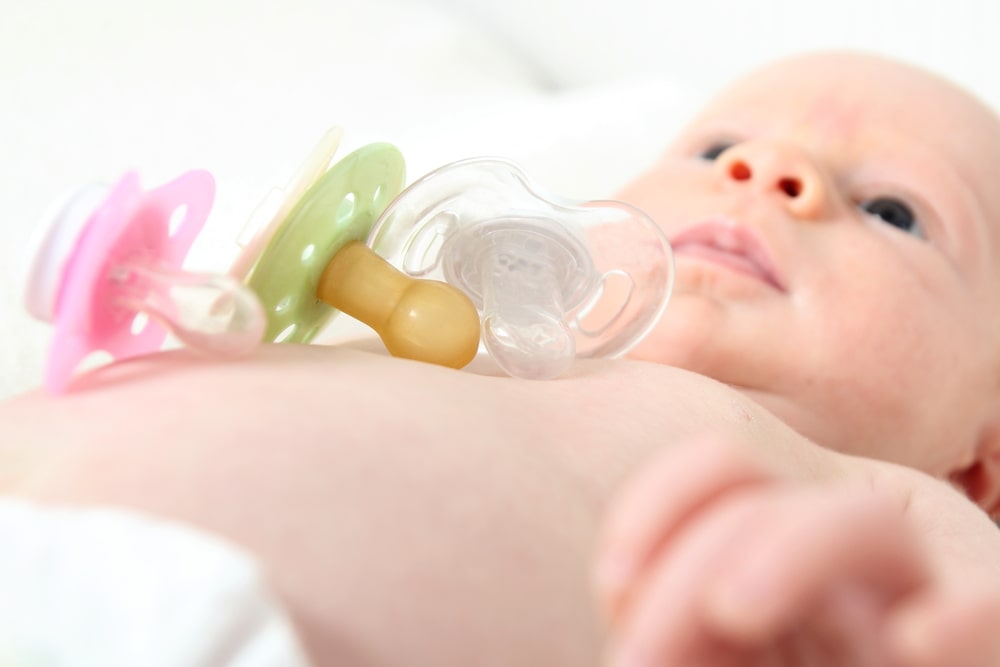
Another possible carcinogen, formaldehyde is often used to extend the shelf life of cosmetic products (10). According to data from the FDA, nearly 1 in 5 cosmetic products contain a substance that releases formaldehyde (11). It’s also a skin irritant and has been linked to other health problems.
You won’t find formaldehyde listed in your skincare ingredients because manufacturers use what are known as “preservative systems” — chemicals that release formaldehyde as they dissolve over time. Avoid chemicals such as quaternium-15, DMDM hydantoin, imidazolidinyl urea, and hydroxymethylglycinate.
7. Triclosan

Triclosan is an antibacterial agent intended to prevent bacterial contamination. In 2016, the FDA banned the use of triclosan in soaps and body washes, but it is still allowed in cosmetics and skincare products.
8. BHA and BHT
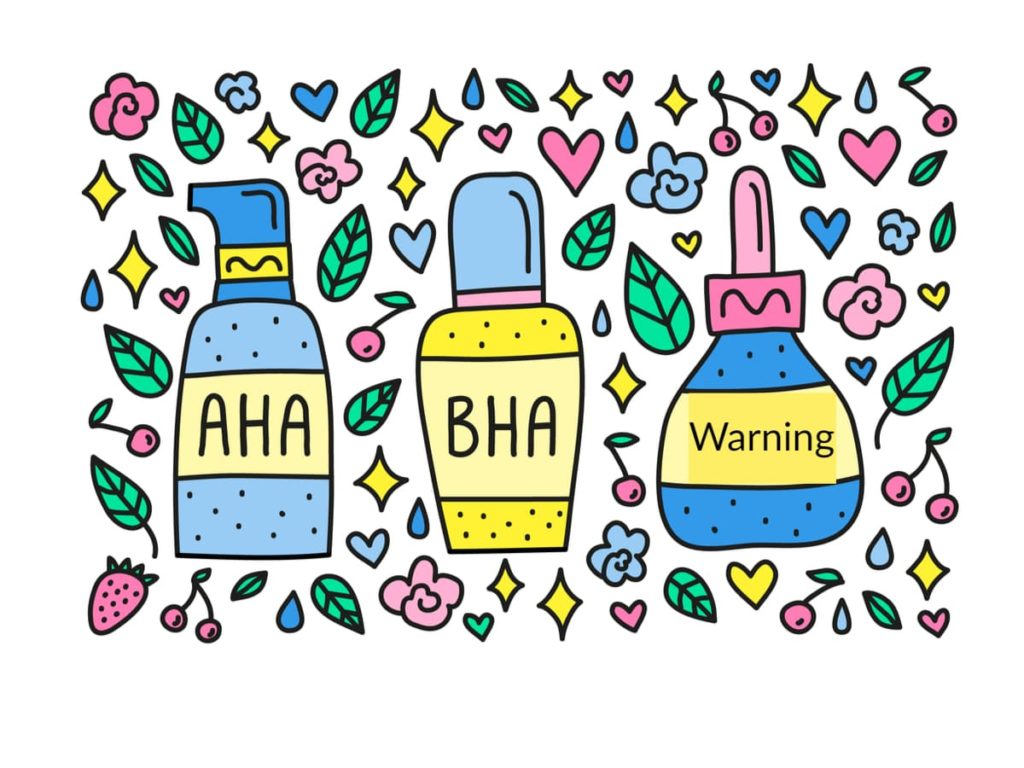
Butylated hydroxyanisole (BHA) and butylated hydroxytoluene (BHT) are closely related synthetic antioxidants that are used as preservatives in some cosmetics as well as some foods.
The FDA considers both to be generally recognized as safe, even though the European Union classifies BHA as potentially harmful (13).
They are often used together; avoid products that contain one or both of them.
9. Chemical vs Mineral Sunscreen
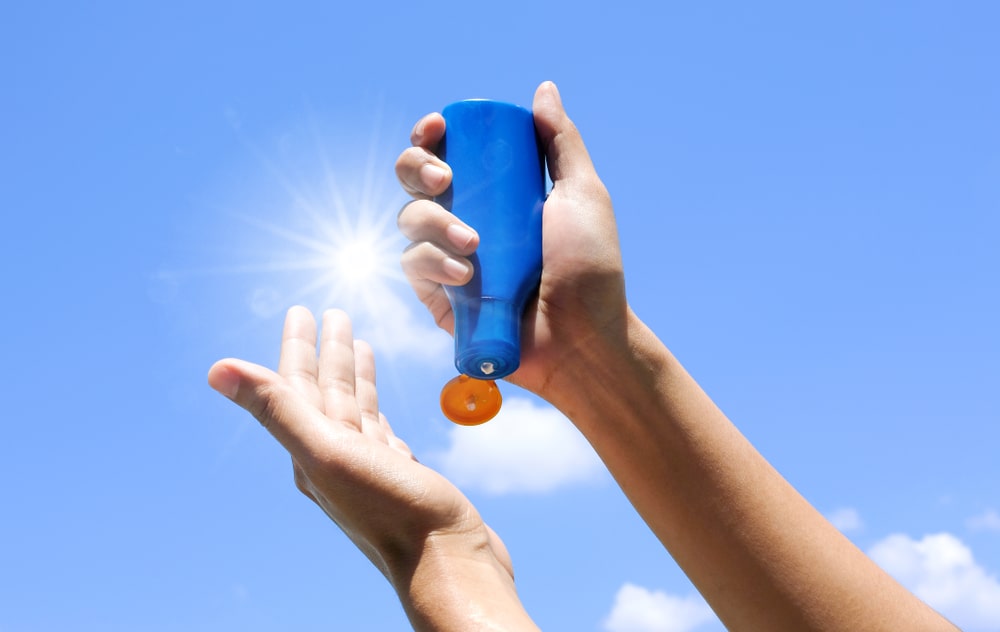
The EWG published a report explaining the trouble with ingredients in some sunscreens. Therefore, we suggest looking for a mineral sunscreen instead of a chemical sunscreen.
Mineral sunscreens contain Titanium Dioxide and Zinc Oxide.
10. Diethanolamine
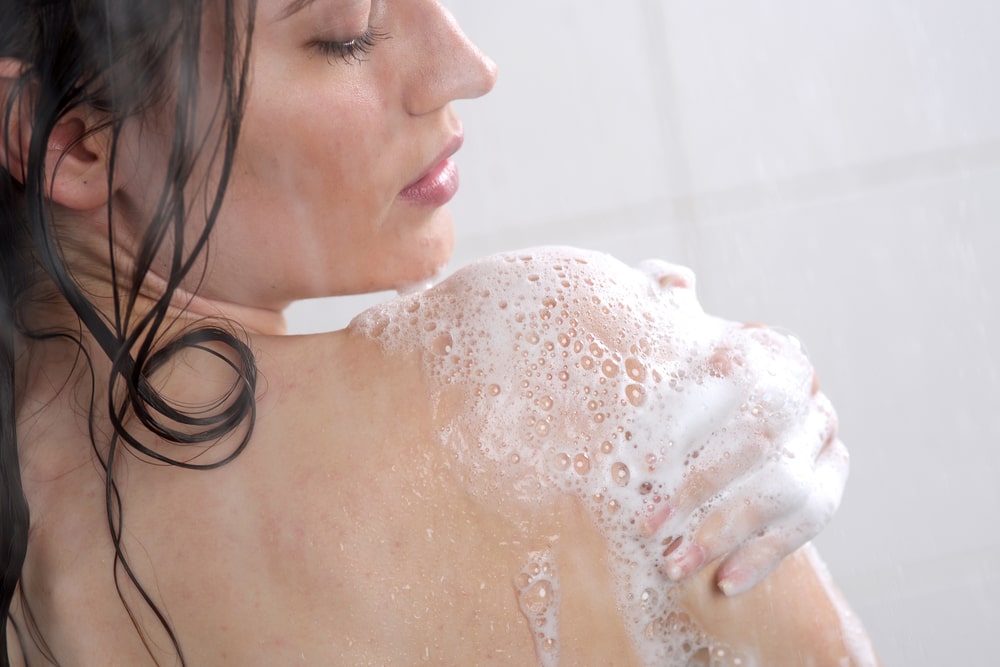
Diethanolamine is a foaming agent commonly used in products such as body wash, shampoo, and bubble bath. It’s often abbreviated as DEA. Animal studies have shown that exposure to DEA can burn skin, and eye contact can result in impaired vision (15). The EU has restricted its use in personal care products, but its use is still allowed in the United States.
How to Choose Safer Skincare Products
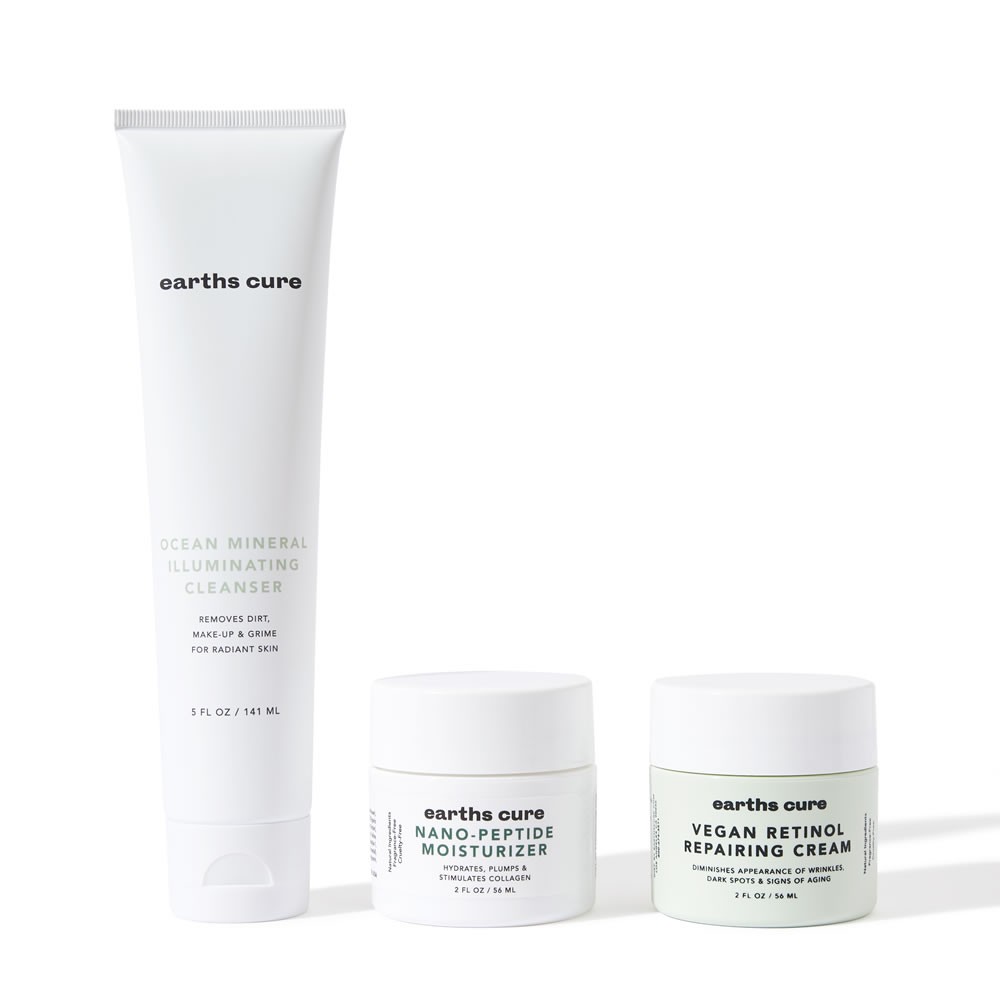
If you’re anything like us, you want natural as possible. Get in the habit of reading the ingredients before you purchase skincare products, and avoid anything with these 10 ingredients. The same rules should apply to anything you eat or anything you put on your body: If something looks like a hazardous chemical or has a name so long you can’t pronounce it, it’s probably best to avoid it.
You can also evaluate the safety of products with the Environmental Working Group’s Skin Deep Database, which rates personal care products based on the ingredients.
Find brands you feel comfortable supporting that are transparent in their ingredients and manufacturing processes and do not use any potentailly harmful chemicals.
At EarthsCure, we believe natural ingredients are vital for better looking skin. That’s why we only use ingredients that are safe and effective. Our natural and effective skincare products are designed for men and women to look beautiful at any age. Browse our skincare products to learn more.

Karen Eisenbraun is a Certified Holistic Nutrition Consultant who has been writing about natural health and wellness for more than 10 years. Her first blog, which was focused on holistic health and natural skincare, earned her recognition as a Top Health Blogger for Wellsphere’s Healthy Living Community and was also listed as #6 on the Top 100 Online Holistic Nutrition Resources.